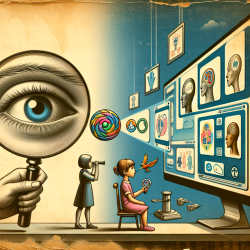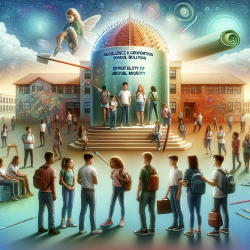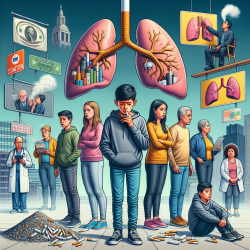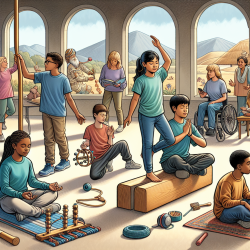Introduction
In the realm of child therapy, the pursuit of optimal outcomes is an ever-evolving journey. As practitioners dedicated to the well-being of children, integrating insights from diverse fields can significantly enhance our therapeutic approaches. One such area of exploration is the concept of Moral Injury (MI), a subject extensively discussed in the research article titled "Moral Injury and Recovery in Uniformed Professionals: Lessons From Conversations Among International Students and Experts." This blog post aims to illuminate how insights from this research can be applied to improve child therapy practices, encouraging practitioners to delve deeper into this emerging field.
Understanding Moral Injury
Moral Injury, as explored in the research, refers to the psychological distress that results from actions, or the lack thereof, which violate one's moral or ethical code. While traditionally associated with military and uniformed professionals, the concept has broader implications, including in the context of child therapy. Recognizing MI in children can be pivotal, especially in cases involving trauma or ethical dilemmas that challenge their moral frameworks.
Key Insights for Practitioners
- Recognizing the Impact: Exposure to potentially morally injurious events (PMIEs) can have profound effects on children, influencing their mental health and social behavior. Practitioners should be vigilant in identifying signs of MI, such as guilt, shame, or spiritual conflict, which may overlap with symptoms of PTSD.
- Reducing Stigma: Just as stigma around MI in military contexts can hinder recovery, similar barriers exist in child therapy. Creating a supportive environment where children feel safe to express their moral conflicts without judgment is crucial for effective therapy.
- Holistic Approaches: The research underscores the importance of integrating spiritual and social components into therapeutic interventions. For children, this could mean incorporating family dynamics, cultural contexts, and spiritual beliefs into the therapy process, fostering a more comprehensive healing journey.
Encouraging Further Research
While the research provides valuable insights, it also highlights the need for continued exploration into MI and its implications for child therapy. Practitioners are encouraged to engage with this research, participate in discussions, and contribute to the growing body of knowledge on MI. By doing so, they can help develop innovative strategies that address the unique needs of children facing moral and ethical challenges.
Conclusion
The intersection of moral injury research and child therapy presents a unique opportunity to enhance therapeutic outcomes. By understanding and applying the insights from this research, practitioners can better support children in navigating their moral landscapes, ultimately leading to more resilient and empowered young individuals.
To read the original research paper, please follow this link: Moral Injury and Recovery in Uniformed Professionals: Lessons From Conversations Among International Students and Experts.










